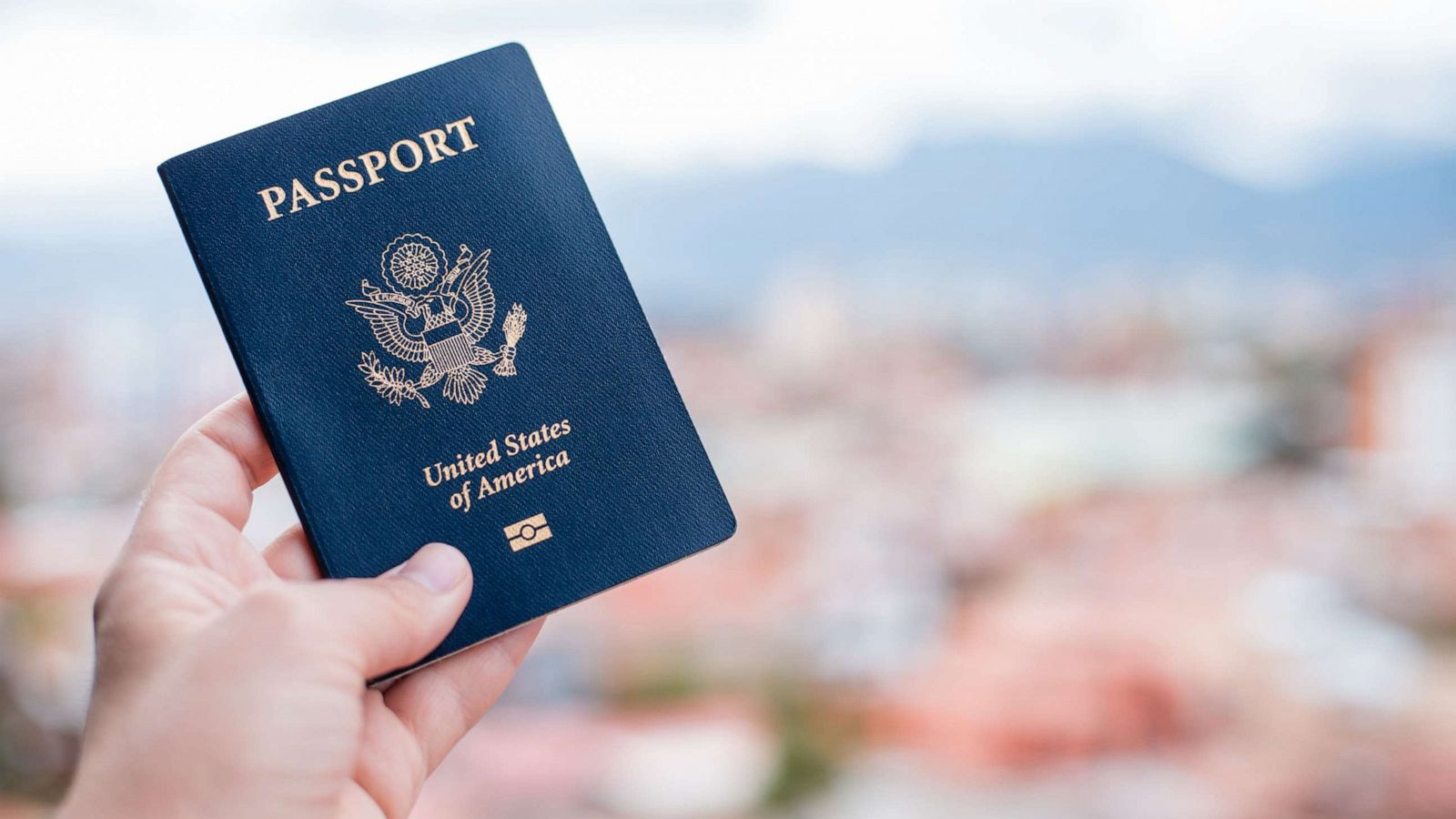| 1. Introduction |
| If you’ve ever had to deal with U.S. passport issues, you know it can be a bit of a maze! But don’t worry; this article is here to guide you through the latest updates, regulations, and tips regarding U.S. passports. Whether you’re applying for a new one, renewing, or just want to stay informed, we’ve got you covered. Let’s dive in! |
| 2. Recent Changes in Passport Regulations |
| Keeping up with passport regulations can feel like trying to catch a fast-moving train, but understanding the latest updates is essential for any traveler. Here are some recent changes you should know about. |
| 2.1. Enhanced Security Features |
| The U.S. Department of State has been ramping up security features on passports to combat identity theft and fraud. The newest tnchronicle.com come equipped with advanced security technologies, including biometric chips. This means your personal information is more secure than ever, making it tougher for anyone to fake your identity. |
| 2.2. Fees and Processing Times |
| The cost of applying for a passport has seen some changes, too. As of 2023, the standard application fee is $130, but keep in mind that expedited services will set you back an additional $60. Processing times have also fluctuated—typically, it takes 8-11 weeks for standard processing, but if you’re in a hurry, expedited processing can get your passport to you in 5-7 weeks. It’s a good idea to plan ahead! |
| 3. How to Apply for a U.S. Passport |
| Applying for a passport can feel daunting, but once you break it down, it’s a straightforward process. Here’s how to navigate it. |
| 3.1. Eligibility Requirements |
| First things first, let’s check if you’re eligible. Generally, you need to be a U.S. citizen, provide proof of identity, and submit a passport photo that meets specific criteria. If you’re applying for a child under 16, there are additional requirements, so keep that in mind. |
| 3.2. Application Process |
| Now that you know you’re eligible, let’s walk through the application process. |
| 3.2.1. Online Application |
| The easiest way to apply is online. Visit the U.S. State Department’s website, fill out the DS-11 form, and pay the required fee. You can then print the application and gather your documents. |
| 3.2.2. In-Person Application |
| If you prefer the old-school method, you can also apply in person at designated acceptance facilities, such as post offices or libraries. Bring your documents, and they’ll help you submit your application. |
| 4. Passport Renewal Process |
| Ready to renew your passport? It’s usually simpler than applying for a new one, but there are still a few things to keep in mind. |
| 4.1. Eligibility for Renewal |
| You can renew your passport if it’s undamaged and can be submitted with your application. Additionally, it should have been issued when you were age 16 or older and issued within the last 15 years. |
| 4.2. How to Renew Your Passport |
| To renew, fill out the DS-82 form online or print it, pay the fee, and mail it along with your current passport and photo. Simple, right? Just ensure you send it to the correct address based on whether you’re requesting expedited service. |
| 5. Tips for Travelers |
| Now that we’ve covered the basics, let’s chat about some handy tips that can save you a lot of hassle on your travels. |
| 5.1. What to Do If Your Passport Is Lost |
| Losing your passport can feel like losing a part of yourself, but don’t panic! Report it immediately to the State Department. They’ll guide you on how to apply for a replacement, which usually requires filling out a form and providing a police report. |
| 5.2. International Travel Considerations |
| When traveling internationally, make sure your passport is valid for at least six months beyond your planned return date. Some countries won’t let you enter if your passport is about to expire, so keep that in mind when planning your trip! |

